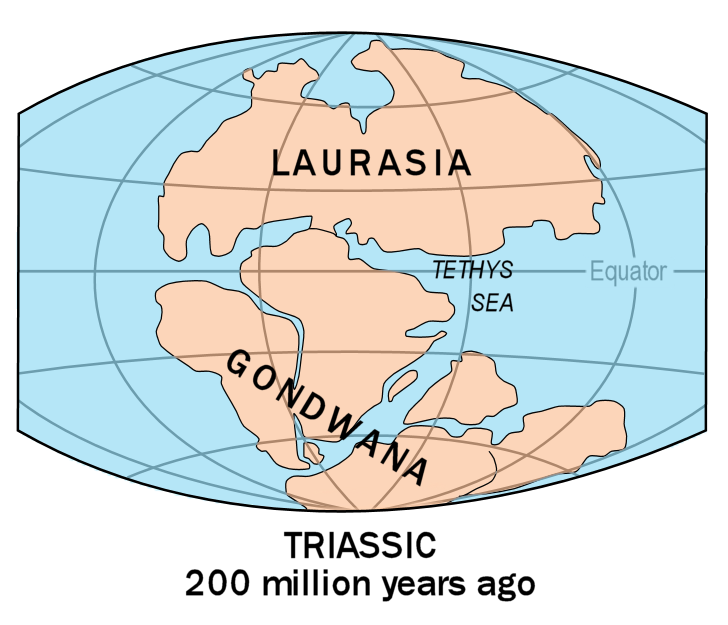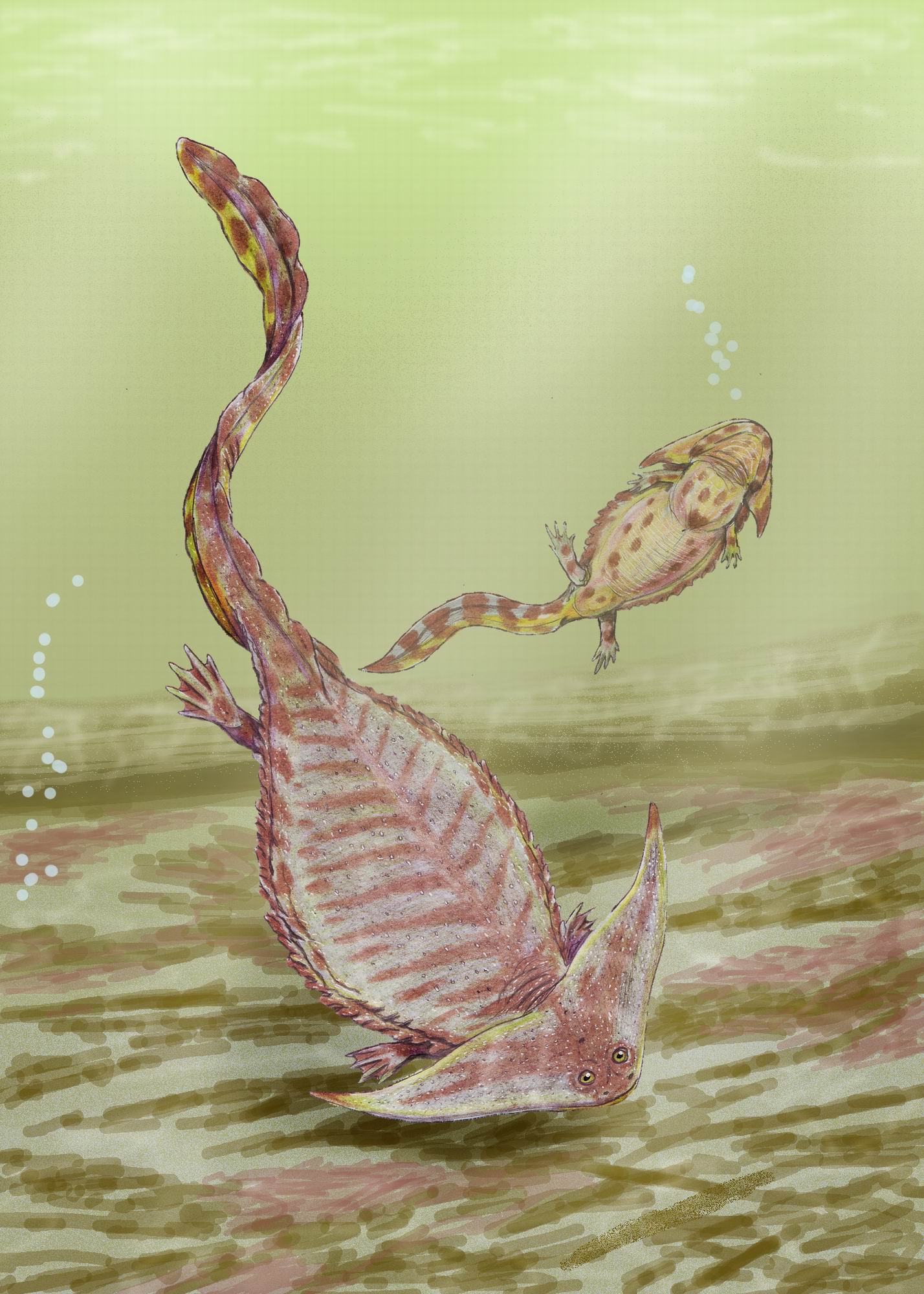|
Conraua Alleni
''Conraua alleni'' or Allen's slippery frog is a species of frog in the family Conrauidae found in the Ivory Coast, Guinea, Liberia, and Sierra Leone, along with a single outlying site in the Sui River Forest Reserve, Ghana. Its natural habitats are subtropical or tropical moist lowland forest, subtropical or tropical moist montane forest, and rivers. It is an aquatic frog that is present in rainforest streams that flow both slowly and fast; the frogs are found in the relatively still areas of the streams. It is threatened by habitat loss. References Conraua Amphibians described in 1927 Frogs of Africa Amphibians of West Africa Taxa named by Thomas Barbour Taxa named by Arthur Loveridge Taxonomy articles created by Polbot {{ranoidea-stub See Also Genetic Relative: Goliath Frog The goliath frog (''Conraua goliath''), otherwise known commonly as the giant slippery frog and the goliath bullfrog, is a species of frog in the family Conrauidae. The goliath frog is the ... [...More Info...] [...Related Items...] OR: [Wikipedia] [Google] [Baidu] |
Thomas Barbour
Thomas Barbour (August 19, 1884 – January 8, 1946) was an American herpetologist. He was the first president of the Dexter School in 1926. From 1927 until 1946, he was director of the Harvard Museum of Comparative Zoology (MCZ) founded in 1859 by Louis Agassiz at Harvard University in Cambridge, Massachusetts. Life and career Barbour, the eldest of four brothers, was born in 1884 to Colonel William Barbour, and his wife, Julia Adelaide Sprague. Colonel Barbour was founder and president of The Linen Thread Company, Inc., a successful thread manufacturing enterprise having much business in the United States, Ireland, and Scotland. Although born on Martha's Vineyard, Massachusetts, where the family was spending the summer, Barbour grew up in Monmouth, New Jersey, where one of his younger brothers, William Warren Barbour, entered the political arena, eventually serving as U.S. Senator from New Jersey from 1931 to 1937 and again from 1938 to 1943. At age fifteen, Thomas Barbo ... [...More Info...] [...Related Items...] OR: [Wikipedia] [Google] [Baidu] |
Montane Forest
Montane ecosystems are found on the slopes of mountains. The alpine climate in these regions strongly affects the ecosystem because temperatures lapse rate, fall as elevation increases, causing the ecosystem to stratify. This stratification is a crucial factor in shaping plant community, biodiversity, metabolic processes and ecosystem dynamics for montane ecosystems. Dense montane forests are common at moderate elevations, due to moderate temperatures and high rainfall. At higher elevations, the climate is harsher, with lower temperatures and higher winds, preventing the growth of trees and causing the plant community to transition to montane grasslands and shrublands or alpine tundra. Due to the unique climate conditions of montane ecosystems, they contain increased numbers of endemic species. Montane ecosystems also exhibit variation in ecosystem services, which include carbon storage and water supply. Life zones As elevation increases, the alpine climate, climate becomes co ... [...More Info...] [...Related Items...] OR: [Wikipedia] [Google] [Baidu] |
Taxa Named By Arthur Loveridge
In biology, a taxon (back-formation from ''taxonomy''; : taxa) is a group of one or more populations of an organism or organisms seen by taxonomists to form a unit. Although neither is required, a taxon is usually known by a particular name and given a particular ranking, especially if and when it is accepted or becomes established. It is very common, however, for taxonomists to remain at odds over what belongs to a taxon and the criteria used for inclusion, especially in the context of rank-based (" Linnaean") nomenclature (much less so under phylogenetic nomenclature). If a taxon is given a formal scientific name, its use is then governed by one of the nomenclature codes specifying which scientific name is correct for a particular grouping. Initial attempts at classifying and ordering organisms (plants and animals) were presumably set forth in prehistoric times by hunter-gatherers, as suggested by the fairly sophisticated folk taxonomies. Much later, Aristotle, and later still ... [...More Info...] [...Related Items...] OR: [Wikipedia] [Google] [Baidu] |
Amphibians Of West Africa
Amphibians are ectothermic, anamniotic, four-limbed vertebrate animals that constitute the class Amphibia. In its broadest sense, it is a paraphyletic group encompassing all tetrapods, but excluding the amniotes (tetrapods with an amniotic membrane, such as modern reptiles, birds and mammals). All extant (living) amphibians belong to the monophyletic subclass Lissamphibia, with three living orders: Anura (frogs and toads), Urodela (salamanders), and Gymnophiona (caecilians). Evolved to be mostly semiaquatic, amphibians have adapted to inhabit a wide variety of habitats, with most species living in freshwater, wetland or terrestrial ecosystems (such as riparian woodland, fossorial and even arboreal habitats). Their life cycle typically starts out as aquatic larvae with gills known as tadpoles, but some species have developed behavioural adaptations to bypass this. Young amphibians generally undergo metamorphosis from an aquatic larval form with gills to an air-breathing a ... [...More Info...] [...Related Items...] OR: [Wikipedia] [Google] [Baidu] |
Frogs Of Africa
The fauna of Africa are all the animals living in Africa and its surrounding seas and islands. The more characteristic African fauna are found in the Afro-tropical realm. Lying almost entirely within the tropics, and stretching equally north and south of the equator creates favorable conditions for variety and abundance of wildlife. Africa is home to many of the world's most recognizable fauna such as lions‚ rhinoceroses‚ cheetahs‚ giraffes‚ antelope, hippopotamuses, leopards, zebras‚ and elephants, among many others. Origins and history of African fauna Whereas the earliest traces of life in fossil record of Africa date back to the earliest times, the formation of African fauna as we know it today, began with the splitting up of the Gondwana supercontinent in the mid-Mesozoic era. After that, four to six faunal assemblages, the so-called African Faunal Strata (AFSs) can be distinguished. The isolation of Africa was broken intermittently by discontinuous "filter routes" ... [...More Info...] [...Related Items...] OR: [Wikipedia] [Google] [Baidu] |
Amphibians Described In 1927
Amphibians are ectothermic, anamniotic, four-limbed vertebrate animals that constitute the class Amphibia. In its broadest sense, it is a paraphyletic group encompassing all tetrapods, but excluding the amniotes (tetrapods with an amniotic membrane, such as modern reptiles, birds and mammals). All extant (living) amphibians belong to the monophyletic subclass Lissamphibia, with three living orders: Anura (frogs and toads), Urodela (salamanders), and Gymnophiona (caecilians). Evolved to be mostly semiaquatic, amphibians have adapted to inhabit a wide variety of habitats, with most species living in freshwater, wetland or terrestrial ecosystems (such as riparian woodland, fossorial and even arboreal habitats). Their life cycle typically starts out as aquatic larvae with gills known as tadpoles, but some species have developed behavioural adaptations to bypass this. Young amphibians generally undergo metamorphosis from an aquatic larval form with gills to an air-breathing ... [...More Info...] [...Related Items...] OR: [Wikipedia] [Google] [Baidu] |
Conraua
''Conraua'', known as slippery frogs or giant frogs is a genus of large frogs from sub-Saharan Africa. ''Conraua'' is the only genus in the family Conrauidae. Alternatively, it may be placed in the family Petropedetidae. This genus includes the largest frog of the world, '' Conraua goliath'', which may grow to in snout–vent length and weigh as much as . Four of the seven species in this genus are threatened. Etymology The generic name ''Conraua'' honours Gustav Conrau, a German trader and labour recruiter in Cameroon who was the collector of the holotype of '' Conraua robusta'', the type species of the genus. Species The recognized species are: *''Conraua alleni'' *'' Conraua beccarii'' *'' Conraua crassipes'' *'' Conraua derooi'' Hulselmans, 1972 *'' Conraua goliath'' (Boulenger, 1906) – goliath frog *'' Conraua robusta'' Nieden, 1908 – Cameroon slippery frog *''Conraua sagyimase'' Neira-Salamea, Ofori-Boateng, Kouamé, Blackburn, Segniagbeto, Hillers, Barej, ... [...More Info...] [...Related Items...] OR: [Wikipedia] [Google] [Baidu] |
Habitat Loss
Habitat destruction (also termed habitat loss or habitat reduction) occurs when a natural habitat is no longer able to support its native species. The organisms once living there have either moved elsewhere, or are dead, leading to a decrease in biodiversity and Abundance (ecology), species numbers. Habitat destruction is in fact the leading cause of biodiversity loss and species extinction worldwide. Humans contribute to habitat destruction through the Exploitation of natural resources, use of natural resources, agriculture, industrial production and urbanization (urban sprawl). Other activities include mining, logging and trawling. Environmental factors can contribute to habitat destruction more indirectly. Geological processes, climate change, introduced species, introduction of invasive species, ecosystem nutrient depletion, water pollution, water and noise pollution are some examples. Loss of habitat can be preceded by an initial habitat fragmentation. Fragmentation and lo ... [...More Info...] [...Related Items...] OR: [Wikipedia] [Google] [Baidu] |
River
A river is a natural stream of fresh water that flows on land or inside Subterranean river, caves towards another body of water at a lower elevation, such as an ocean, lake, or another river. A river may run dry before reaching the end of its course if it runs out of water, or only flow during certain seasons. Rivers are regulated by the water cycle, the processes by which water moves around the Earth. Water first enters rivers through precipitation, whether from rainfall, the Runoff (hydrology), runoff of water down a slope, the melting of glaciers or snow, or seepage from aquifers beneath the surface of the Earth. Rivers flow in channeled watercourses and merge in confluences to form drainage basins, or catchments, areas where surface water eventually flows to a common outlet. Rivers have a great effect on the landscape around them. They may regularly overflow their Bank (geography), banks and flood the surrounding area, spreading nutrients to the surrounding area. Sedime ... [...More Info...] [...Related Items...] OR: [Wikipedia] [Google] [Baidu] |
Subtropical Or Tropical Moist Lowland Forest
Tropical and subtropical moist broadleaf forests (TSMF), also known as tropical moist forest, is a subtropical and tropical forest habitat type defined by the World Wide Fund for Nature (WWF). Description TSMF is generally found in large, discontinuous patches centered on the equatorial belt and between the Tropic of Cancer and Tropic of Capricorn. TSMF are characterized by low variability in annual temperature and high levels of rainfall of more than annually. Forest composition is dominated by evergreen and semi-deciduous tree species. These forests are home to more species than any other terrestrial ecosystem on Earth: Half of the world's species may live in these forests, where a square kilometer may be home to more than 1,000 tree species. These forests are found around the world, particularly in the Indo-Malayan Archipelago, the Amazon Basin, and the African Congo Basin. The perpetually warm, wet climate makes these environments more productive than any other t ... [...More Info...] [...Related Items...] OR: [Wikipedia] [Google] [Baidu] |
Arthur Loveridge
Arthur Loveridge (28 May 1891 – 16 February 1980) was a British people, British biologist and Herpetology, herpetologist who wrote about animals of East Africa, particularly Tanzania, and of New Guinea. He gave Binomial nomenclature, scientific names to several gecko species in those regions. Life Arthur Loveridge was born in Penarth, Wales, and was interested in natural history from childhood. He gained experience with the National Museum Cardiff, National Museum of Wales and Manchester Museum before becoming the curator of the Nairobi Museum (now the National Museums of Kenya, National Museum of Kenya) in 1914. During World War I, WW1, he joined the King's African Rifles#First World War, East African Mounted Rifles, later returning to the museum to build up the collections. He then became an assistant game warden in Tanganyika (territory), Tanganyika. In 1924, he joined the Museum of Comparative Zoology in the grounds of Harvard University in Cambridge, Massachusetts, where ... [...More Info...] [...Related Items...] OR: [Wikipedia] [Google] [Baidu] |






